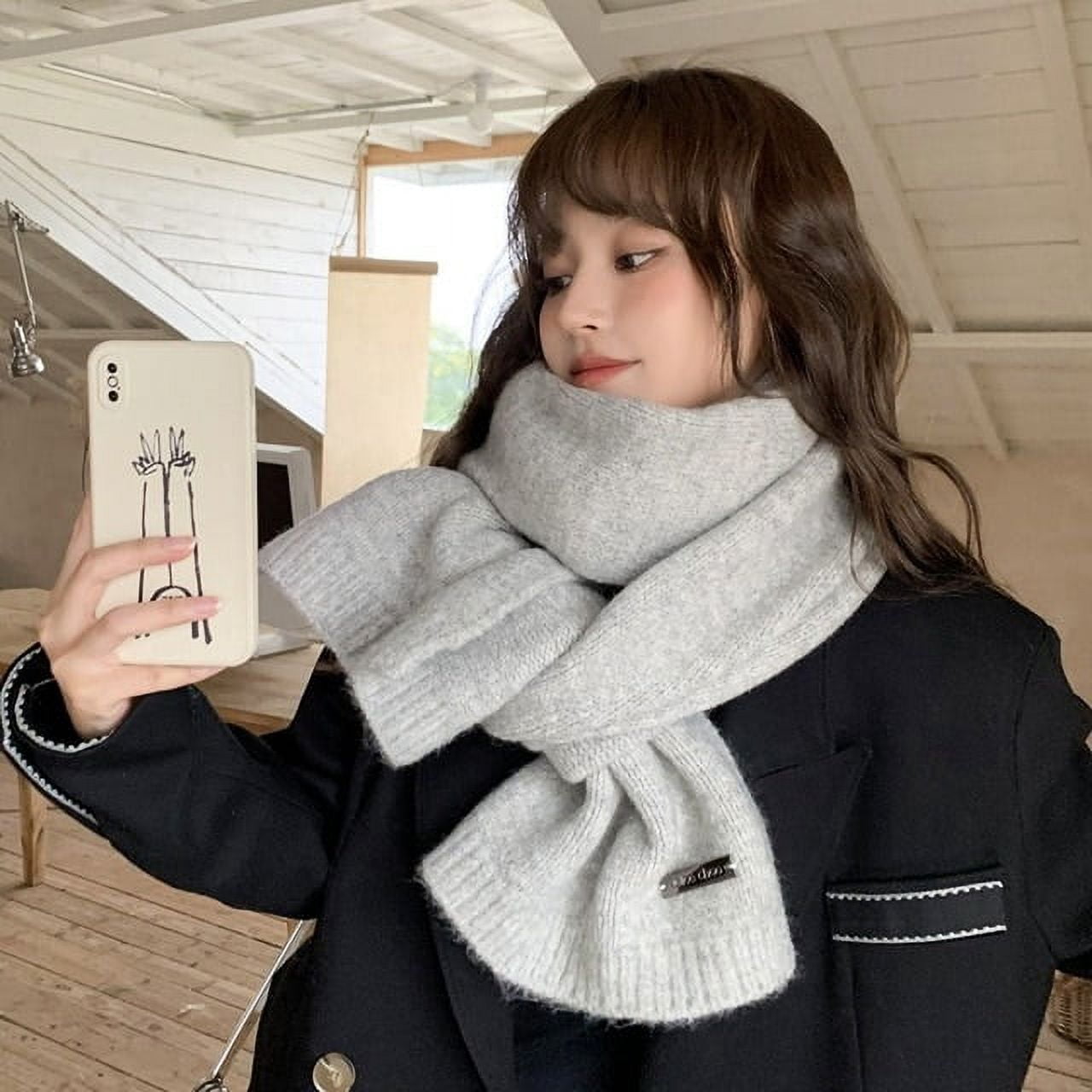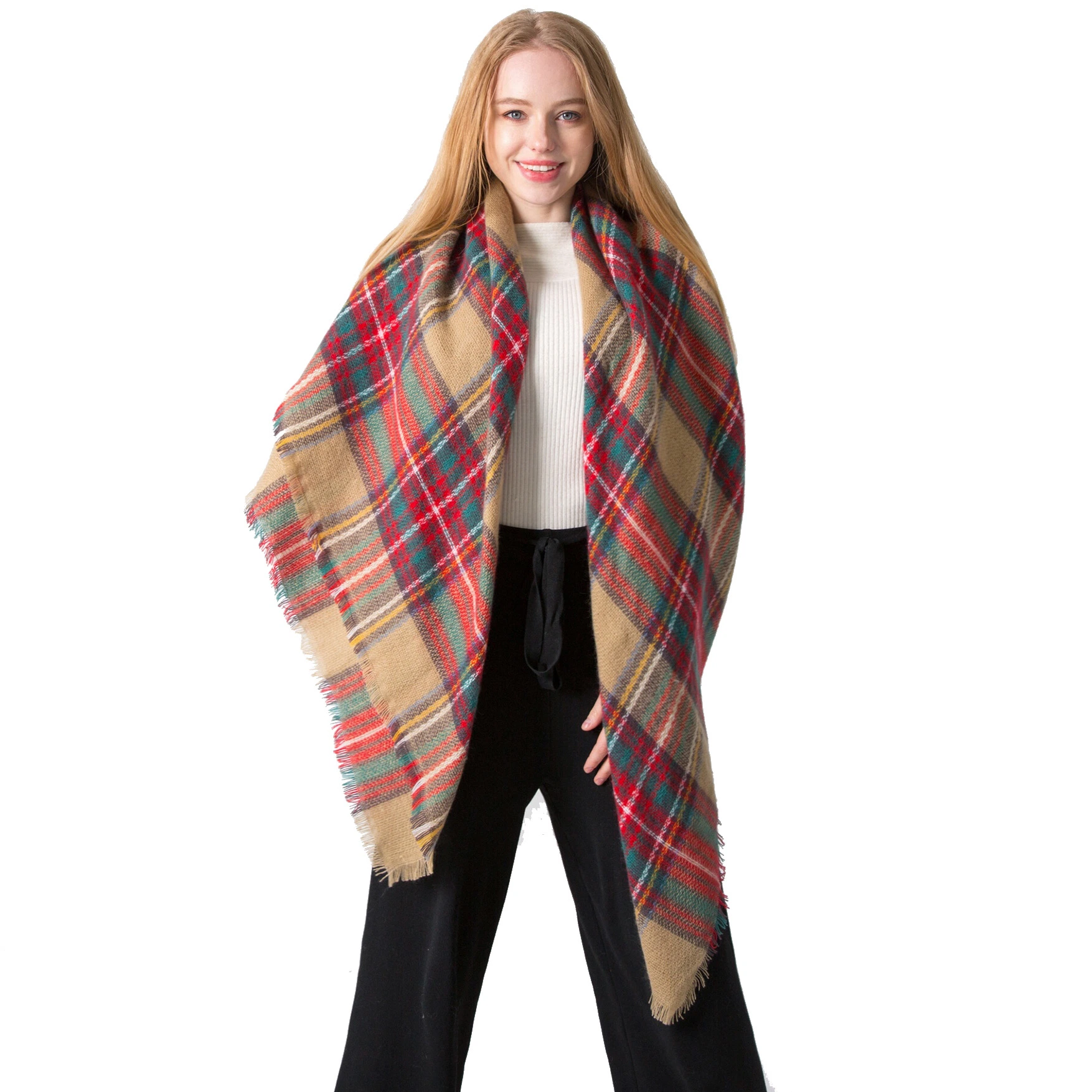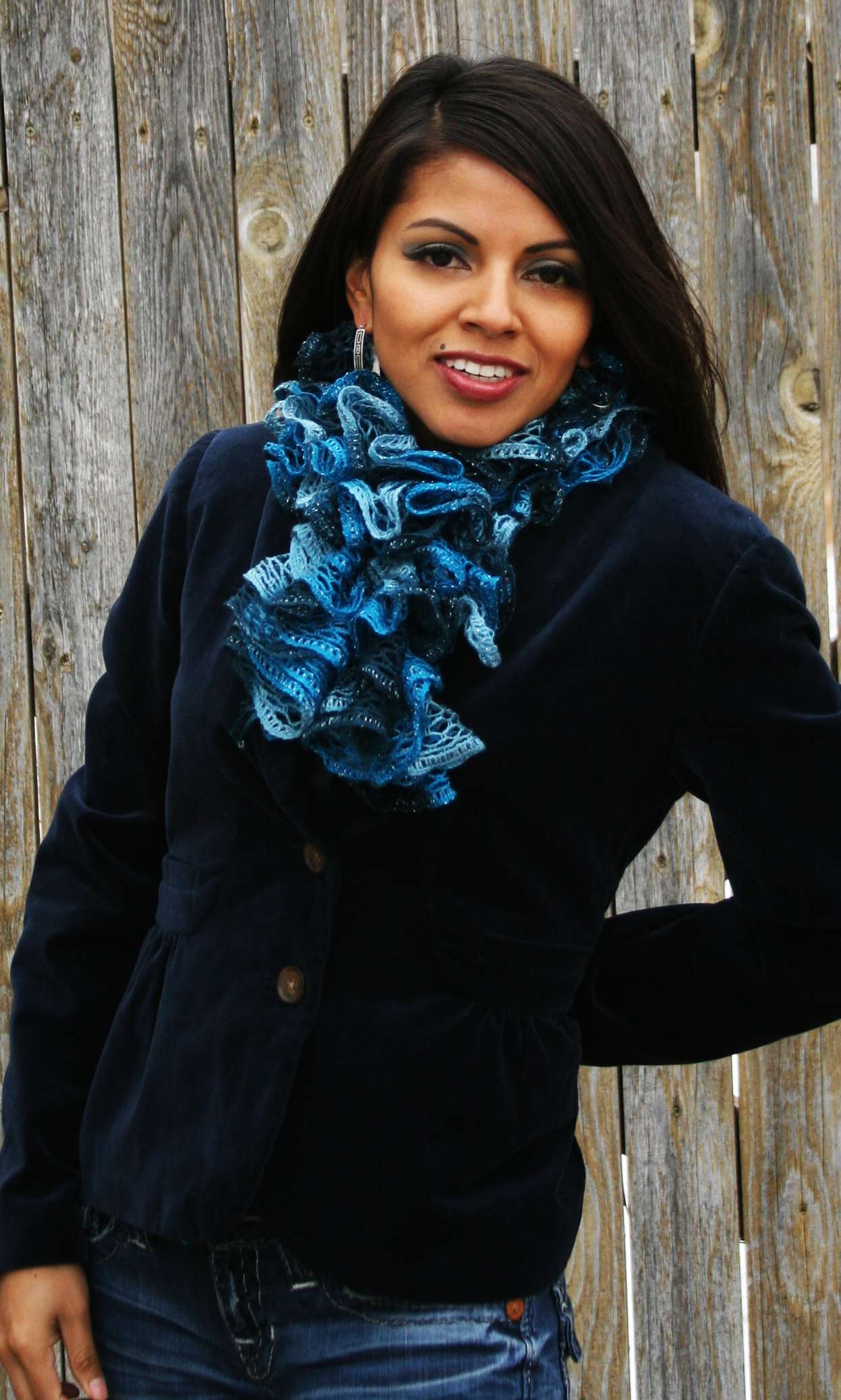Introduction
Scarf meaning, those seemingly simple lengths of fabric, hold within them a myriad of meanings, interpretations, and significances. Far more than just a way to keep warm or accessorize an outfit, scarves have woven themselves into the very fabric of human culture, history, and expression. In this exploration, we embark on a journey to uncover the multifaceted meanings behind this timeless accessory.

Historical Roots and Cultural Significance:
The history of scarves traces back centuries, with evidence of their existence found in ancient civilizations across the globe. From the ceremonial shawls of ancient Mesopotamia to the ornate silk scarves of Imperial China, these accessories have played a pivotal role in human adornment and expression. Scarves have been used to denote social status, religious affiliation, and tribal identity, with each culture imbuing them with its own unique symbolism and meaning. In some societies, scarves were worn as symbols of protection or luck, while in others, they served as markers of belonging or exclusion.
Fashion Evolution and Style Statements:
As fashion evolved over time, so too did the role of scarves in personal adornment. In the early 20th century, scarf meaning became synonymous with elegance and sophistication, thanks in part to the glamorous styles of Hollywood starlets like Audrey Hepburn and Grace Kelly. Scarves adorned with luxurious fabrics, intricate prints, and delicate embroidery became must-have accessories for the fashionable elite, signaling refinement and taste. In the decades that followed, scarves continued to evolve, adapting to changing trends and tastes while retaining their timeless appeal.
Versatility and Practicality:
One of the key attributes of scarves is their versatility and practicality. Unlike many fashion accessories that serve purely aesthetic purposes, scarves also offer functional benefits. In colder climates, scarves provide warmth and insulation, protecting the wearer from harsh winds and low temperatures. In warmer weather, they can be worn as lightweight cover-ups or used to shield the face and neck from the sun’s rays. Scarves can also be styled in countless ways, allowing wearers to express their creativity and individuality.
Symbolism and Expression:
Beyond their practical uses, scarves also hold deep symbolic meaning for many people. They can serve as expressions of identity, culture, or personal beliefs, signaling allegiance to a particular group or cause. In some contexts, scarves are worn as symbols of resistance or solidarity, embodying the values and ideals of a community. Scarves can also convey emotions, with certain colors or patterns evoking feelings of joy, sorrow, or nostalgia. For many wearers, the act of choosing a scarf is a deeply personal one, reflecting their mood, personality, and sense of self.
Global Influence and Contemporary Trends:
In today’s globalized world, scarves continue to exert a powerful influence on fashion and culture. Designers draw inspiration from diverse traditions and cultures, incorporating elements of ethnic textiles, folklore, and craftsmanship into their designs. Scarves have also become symbols of inclusivity and diversity, with fashion brands embracing models of all ages, sizes, and backgrounds in their advertising campaigns. Social media platforms have further democratized fashion, allowing individuals to share their personal style and inspire others around the world.
Sustainability and Ethical Fashion:
As awareness of environmental and social issues grows, there has been a renewed focus on sustainability and ethical practices within the fashion industry. scarf meaning designers are increasingly turning to eco-friendly materials and production methods, such as organic cotton, bamboo, and recycled fibers. Artisans are also reviving traditional techniques, such as hand-weaving and natural dyeing, to create scarves that are both beautiful and sustainable. By supporting ethical fashion brands and conscious consumerism, individuals can make a positive impact on the planet while still enjoying the beauty and versatility of scarves.

Regional Variations:
Scarves come in a myriad of styles and designs, often reflecting the cultural heritage and traditions of their place of origin. For example, the vibrant colors and intricate patterns of Indian scarves known as “dupattas” are distinct from the minimalist elegance of Japanese “furoshiki” scarves used for wrapping gifts or carrying belongings. Exploring these regional variations provides insight Scarves as Artistic Canvas: Beyond their functional and symbolic roles, scarves also serve as canvases for artistic expression. Many designers and artists collaborate to create limited-edition scarf collections featuring original artwork or illustrations. These scarves blur the line between fashion and art, transforming everyday accessories into wearable masterpieces that allow individuals to carry a piece of creativity with them wherever they go.
Scarves in Pop Culture:
Scarves have made notable appearances in popular culture, often becoming iconic symbols associated with beloved characters or celebrities. Think of the colorful scarves worn by the Fourth Doctor in the long-running British television series “Doctor Who,” or the chic silk scarves famously donned by fashion icons like Coco Chanel and Hermes. These cultural references further underscore the enduring appeal and versatility of scarves as fashion staples.

Scarves as Statements of Empowerment:
In recent years, scarves have taken on new significance as symbols of empowerment and self-expression, particularly within marginalized communities. For example, the hijab, worn by many Muslim women as a sign of modesty and religious devotion, has emerged as a powerful symbol of identity and resistance in the face of discrimination and Islamophobia. Scarves adorned with slogans or motifs related to social justice movements similarly serve as visual declarations of solidarity and activism.
Scarves in Literature and Art:
It have long captured the imaginations of writers and artists, appearing as motifs in literature, poetry, and visual art. From the iconic red scarf in Antoine de Saint-Exupéry’s “The Little Prince” to the dreamy landscapes of Claude Monet’s “Woman with a Parasol,” scarves often convey themes of nostalgia, romance, and whimsy. Exploring these cultural references provides further insight into the symbolic resonance of scarves in the collective imagination.

Conclusion:
In conclusion, scarves are far more than just fashion accessories—they are symbols of culture, history, and personal expression. From their ancient origins to their contemporary interpretations, scarves have remained a timeless and versatile accessory beloved by people around the world. Whether worn for warmth, style, or symbolic significance, scarves continue to hold a special place in the hearts and wardrobes of individuals everywhere. As we continue to explore the meaning and significance of scarves, we discover new layers of beauty, creativity, and meaning woven into these beloved accessories.

